What Does GPT Stand For in ChatGPT?
ChatGPT, short for Chat Generative Pre-trained Transformer is an artificial intelligence chatbot developed by OpenAI.
It uses its natural language processing capabilities to generate contextually accurate, conversational and almost human-like responses.
The key technology behind ChatGPT is GPT, which enables it to construct text responses that seem human-produced.
GPT is integral to ChatGPT and processes large datasets to create responses to user queries as it has been trained to anticipate the next word in a text sequence.
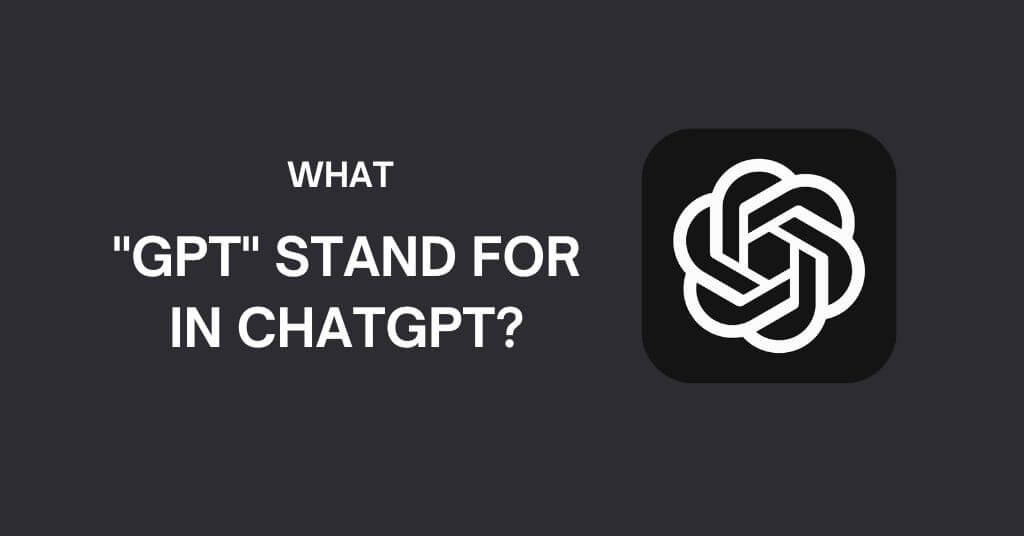
This advanced AI technology has significantly changed the way we interact with computers and opened up new possibilities for long-form question-answers.
This article goes through the applications, benefits, limitations and ethical issues surrounding ChatGPT as well as its potential future developments.
Let’s get started.
What Does GPT Stand for in ChatGPT?
GPT in ChatGPT means Generative Pre-trained Transformer.
The term ‘generative’ refers to the model’s text creation ability, ‘pre-trained’ highlights its training on extensive data, while ‘transformer’ denotes the AI model’s architecture.
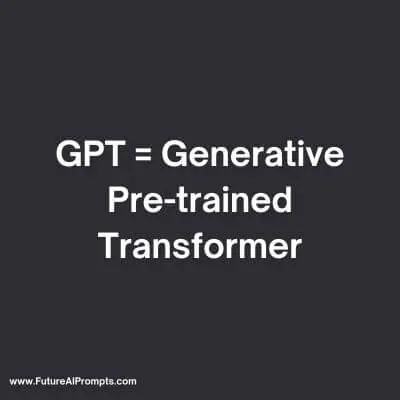
The GPT technology underpins several natural language processing applications and can handle tasks like language translation, text generation and classification.
OpenAI, with products like GPT-3 and DALL-E 2 is trying to advance AI research and utility.
What is GPT architecture?
GPT, short for Generative Pre-trained Transformer, is an advanced NLP model. It employs a Transformer-based architecture and training approach to excel in various natural language processing tasks.
What Does GPT Models Do?
GPT models utilize vast data, including books and web content for pre-training, producing contextually meaningful language.
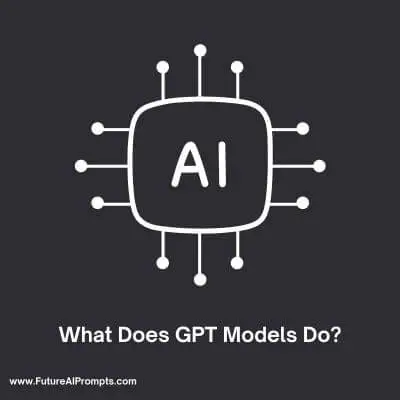
They’re refined through Reinforcement Learning from Human Feedback (RLHF) ensuring more human-like responses.
Initial training includes internet information, while AI trainers contribute further data to enhance conversational quality.
How Does ChatGPT Use GPT Technology?
ChatGPT, powered by GPT technology, offers human-like responses to queries by learning from large datasets and human feedback.
Leveraging a training model called Reinforcement Learning from Human Feedback (RLHF), it adapts to better simulate natural dialogue, aiming to accurately comprehend user questions.
Evolution of GPT: From GPT-1 to GPT-4
Generative Pre-training Transformer (GPT) is the product of OpenAI which has made remarkable strides in the world of Artificial Intelligence since its inception.
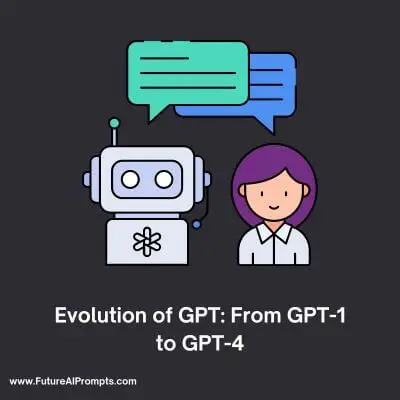
Over the years, GPT has evolved from its original version to the recently launched GPT-4, each iteration improving upon the previous.
GPT-1: The Foundation
Debuting in 2018, GPT-1 was designed as a high-powered language model capable of predicting subsequent tokens in a sequence.
It utilized around 117 million parameters and pre-training on extensive text data, enabling the model to perform tasks such as answering queries, text classification, semantic similarity assessment and entailment determination.
GPT-2: Enhancing Language Processing
GPT-2, released in 2019, built upon GPT-1’s foundation and aimed at contextual word recognition.
The model utilized approximately 1.5 billion parameters and data from 6 billion websites.
It significantly improved upon tasks related to Natural Language Processing (NLP), such as text generation and language translation.
GPT-3: Unprecedented Scale and Versatility
Released in 2020, GPT-3 boasted impressive features and capabilities with a staggering 175 billion parameters.
GPT-3 demonstrated an ability to intercept texts, answer complex queries and compose texts.
It further demonstrated proficiency in generating working codes, writing fiction and more.
The integration of GPT-3 into ChatGPT, a popular AI chatbot, marked a significant milestone in AI chatbot development.
GPT-4: Vision Input and Reliability
Launched in 2023, GPT-4 introduced vision input capabilities, allowing users to provide text and image inputs.
The exact parameter count remains undisclosed but is expected to surpass GPT-3. GPT-4 is celebrated for its human-like performances and reliability.
It showed remarkable improvements in handling nuanced instructions and demonstrated capabilities to pass professional benchmarks like the bar exam, engineering exams and LSAT.
What Is the Difference Between GPT-3.5 and GPT-4?
GPT-4 surpasses its predecessor, GPT-3.5, offering enhanced accuracy, advanced reasoning capabilities and the capacity to process longer dialogues.
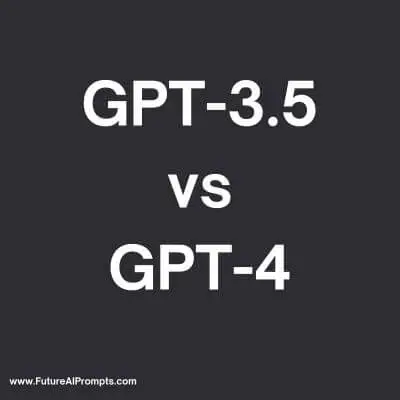
Unique to GPT-4 is its multi-modal ability to accept text and visual inputs and its superior performance in generating coherent creative outputs.
GPT4 despite being slower and having prompt restrictions, its factual correctness and comprehension of diverse inputs including images mark its substantial progress.
Nonetheless, despite being a prior version GPT-3.5 remains a competent and faster language model.
Applications of GPT in Chatbots and AI Assistants
ChatGPT’s language capabilities and broad knowledge base find applications across multiple industries, potentially replacing human roles.
Chatbots and Customer Support
The ChatGPT API helps in the creation of AI chatbots, virtual assistants and helpdesks for businesses, promoting human-like interactions. These advanced chatbots can answer questions, offer recommendations and participate in extended dialogues.
Content Creation
ChatGPT can create high-quality, engaging content such as news articles, essays, sales material, marketing copy and topic ideas. It aligns content with specific brand guidelines and target audiences using keywords and personal preferences.
Gaming and Storytelling
ChatGPT can be incorporated into video games or interactive experiences, generating dynamic dialogues or narratives. It assists writers and game developers in story creation and character development.
Education
ChatGPT serves as an educational tool providing explanations, answering questions and offering feedback on a variety of subjects.
Language Translation
ChatGPT can accurately translate text between languages, supporting language learning, communication and information sharing.
Real-World Applications of GPT
Virtual Assistants like Google Assistant, Apple Siri utilize GPT to enhance their language abilities and provide relevant human-like responses.
Companies such as Uber use GPT to boost productivity in customer service with GPT-powered chatbots providing quick, human-like responses to queries.
Businesses use GPT for high-quality content creation, thereby saving time and resources while enhancing quality and generating unique ideas.
What are the Benefits of ChatGPT?
GPT in chat offers multiple benefits: it can generate accurate, engaging and multilingual content, simulate human-like conversations and produce SEO-optimized texts for web traffic.
It helps students in solving complex queries, creates a variety of content including articles and research papers.
It enhances content quality by avoiding grammar or spelling errors, can write code and spur unique ideas for various topics and marketing objectives.
What are the limitations of ChatGPT?
ChatGPT is a sophisticated language model, but it still has a number of limitations in dealing with human language’s complexities.
These limitations can affect its ability to provide accurate and meaningful responses.
Context Understanding Challenges
ChatGPT sometimes struggles to fully grasp context, especially in cases involving sarcasm, humor, or subtle nuances.
It also has a limited context window, affecting its ability to retain and process information from lengthy texts or multi-turn conversations.
Knowledge Constraints and Accuracy Issues
The AI model’s knowledge is limited to the training data available up to September 2021.
This restriction results in incomplete or outdated knowledge on subjects that have evolved after this date.
Furthermore, the inability to verify facts, access real-time information, or report on current events can lead to inaccuracies in responses.
Influence of Training Data and Algorithmic Biases
Training data limitations and inherent biases in this data impact ChatGPT’s performance.
Biases detected in the algorithm can create uneven factual accuracy and limit the scope of generated responses.
Linguistic and Interactional Limitations
ChatGPT’s responses can often sound mechanical or overuse certain words, necessitating human review and editing.
It also struggles to shift focus between different aspects of a question, limiting its ability to provide comprehensive answers.
Challenges with Commonsense Reasoning and Empathy
Commonsense reasoning and understanding implicit knowledge is a struggle for ChatGPT, resulting in possible incorrect or nonsensical answers.
It also lacks human emotion and empathy, potentially producing insensitive responses.
What are the ethical concerns associated with ChatGPT?
ChatGPT as an AI language model developed by OpenAI has raised a multitude of ethical concerns.
Potential Misuse and Cybersecurity Threats
One issue is the system’s potential misuse in areas like plagiarism, impersonation and the spreading of misinformation.
The ability of ChatGPT to convincingly mimic various writing styles exacerbates these risks.
Bias and Discrimination
Concerns are also raised about possible biased outputs due to discriminatory training data.
This potentially propagates disinformation and could inadvertently extract sensitive information.
Automation and Job Displacement
The automation capabilities of ChatGPT may lead to significant job displacement, which calls for a careful evaluation of its societal impacts.
Privacy and Data Security
Another major concern lies in privacy, with fears surrounding potential data collection and storage by the AI model.
Future of GPT Technology
OpenAI is advancing ChatGPT by enhancing its context understanding, common sense reasoning and bias reduction.
Improved context retention will enhance coherency and applicability in complex tasks. Enhanced reasoning abilities will lead to more meaningful responses.
Greater focus on bias reduction will ensure inclusive, representative AI content.
Future developments of GPT can include real-time fact-checking and access to up-to-date information.
Lastly, improved adaptability and customization will allow ChatGPT to cater to diverse tasks and individual user preferences, broadening its applicability.
Frequently Asked Questions (FAQs) about GPT in ChatGPT
A: ChatGPT is an advanced AI chatbot developed by OpenAI, designed to deliver conversational interactions resembling human communication. It’s built upon large language models (LLMs), leveraging GPT (Generative Pre-trained Transformer) architecture.
A: ChatGPT is a notable advancement in the tech realm, influencing a range of industries through its sophisticated natural language understanding and generation. It has implications in content creation, customer service, education, among others.
A: OpenAI, an AI research organization co-founded by individuals including Elon Musk and Sam Altman, launched ChatGPT in November 2022. Microsoft is one of its major investors. OpenAI also developed Dall-E, a text-to-art generator.
A: In ChatGPT, GPT represents Generative Pre-trained Transformer, the architecture used by ChatGPT to comprehend context and associations between words, enhancing the quality of language generation.
A: ChatGPT is trained on a vast array of text data, including websites, books and articles. This aids in its understanding of language, context and a plethora of topics. As a result, ChatGPT can produce human-like text, valuable in multiple applications.
A: ChatGPT is useful in tasks necessitating language processing such as article writing, customer support and language instruction. Its capability to generate human-like text makes it valuable across industries like education, business and entertainment.
A: The full form of ChatGPT is Chat Generative Pre-Trained Transformer. It’s an OpenAI tool designed to respond to diverse user queries.
A: ChatGPT’s ability to generate human-like responses across a multitude of topics sets it apart. It showcases remarkable language understanding and can deliver high-quality responses. The fine-tuning process through human feedback enhances its safety and utility.
A: ChatGPT plays a significant role in marketing. It enhances customer interactions with its human-like text generation, powering chatbots on business websites or social media. These bots can resolve customer inquiries, recommend products and aid in purchases, offering a tailored shopping experience.
A: ChatGPT refers to Chat Generative Pre-trained Transformer, a deep learning model that understands the importance of words or phrases to provide context-appropriate responses.
A: ChatGPT 3.5 is free on OpenAI’s website. However, its advanced version, GPT-4, requires a subscription fee and offers priority access to new features.
A: ChatGPT was developed and launched by OpenAI on Nov. 30, 2022.
A: GPT utilizes Google’s open-source attention-based Transformer architecture.
A: Chat-GPT Plus, a premium version, provides general access even during peak times, faster response times and priority access to new features for $20 per month.
A: In AI, GPT stands for Generative Pre-trained Transformer, indicating the machine learning technology behind chatbots like ChatGPT.
A: Yes, alternatives include Google’s Bard, Bing with ChatGPT functionality and text generators like AI-Writer, ChatSonic, Write, Open Assistant, Perplexity and Rytr.
A: ChatGPT utilizes its Generative Pre-trained Transformer to identify data patterns. It uses the GPT-3 language model, a neural network machine learning model, to formulate responses.
A: ChatGPT can handle various questions, from simple facts to complex queries, including coding. However, its knowledge only extends up to 2021, so it’s not aware of events or data beyond that year. Users can always ask for more information or retry when generating text.
So that’s all about what is GPT in Chat GPT.
Check out our other articles below.
See Also: